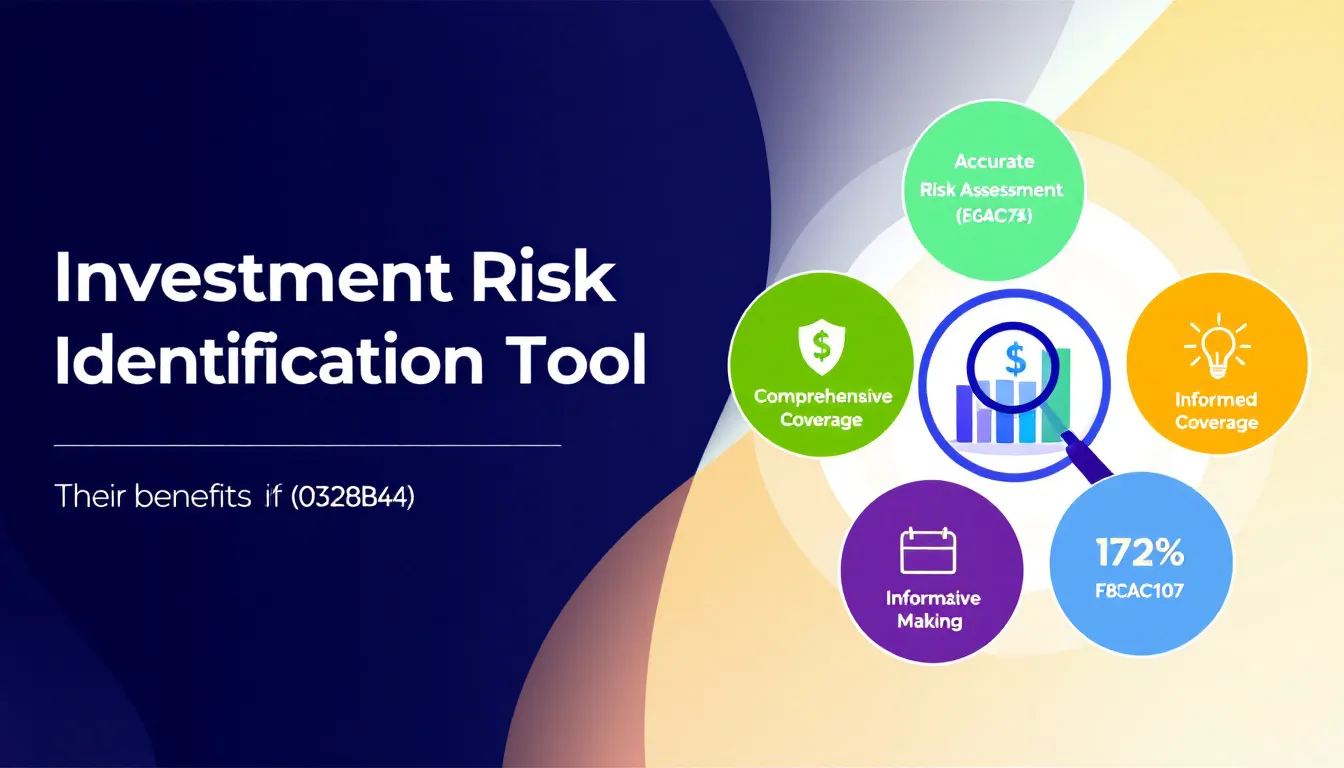Investment Risk Analysis
Is this tool helpful?
How to Use the Investment Risk Identification Tool Effectively
This tool helps you identify the top 5 investment risks for a specific industry quickly and accurately. Follow these steps to get the most from it:
- Enter the Industry Name: Type the industry you want to analyze. For example, you can enter “Telemedicine” or “Organic Food Production”.
- Provide Additional Context (Optional): Add any relevant details such as recent market shifts or regulatory updates. Sample inputs include “Impact of telehealth reimbursement policies” or “Rising consumer demand for sustainable products”.
- Submit the Form: Click the button to generate your tailored risk analysis.
- Review the Results: The tool will display the top 5 investment risks specific to your chosen industry, complete with detailed descriptions.
- Copy the Analysis: Use the copy feature to save or share the risk insights for further consideration.
Introducing the Investment Risk Identification Tool: What It Does and Why It Matters
The Investment Risk Identification Tool is designed to equip you with clear, industry-specific risk insights. It draws on extensive market knowledge to highlight the key challenges investors face in various sectors.
What Is This Tool?
This tool simulates the expertise of a seasoned investor with decades of experience. By entering your industry and any relevant market details, you gain access to a focused analysis that identifies the most significant risks in that sector.
Purpose and Benefits
Its main goal is to help you make smarter investment decisions by revealing potential pitfalls and challenges within your chosen industry. When you understand these risks, you can:
- Build stronger, more informed investment strategies
- Apply targeted risk mitigation tactics
- Increase your confidence in investment choices
- Manage your portfolio more effectively
- Enhance long-term investment outcomes
Practical Applications of the Investment Risk Identification Tool
The tool suits a wide range of investors and scenarios. Here are some ways you can use it:
1. Supporting Portfolio Diversification
Compare risk profiles across various industries to decide how to diversify your investments for balanced risk exposure.
2. Streamlining Venture Capital Due Diligence
Assess potential risks in emerging sectors before committing to startup investments.
3. Assisting Mutual Fund Risk Management
Identify high-risk sectors within your fund and adjust holdings or strategies accordingly.
4. Guiding Corporate Expansion Decisions
Evaluate industry-specific risks before entering new markets or launching diversification efforts.
5. Enhancing Education in Finance
Finance students and educators can use the tool for practical learning about industry risks and investment considerations.
6. Facilitating Advisor-Client Consultations
Financial advisors can explain industry risks clearly, helping clients understand the basis for recommendations.
7. Supporting Startup Market Analysis
Entrepreneurs get valuable insight into the risks tied to their target industry for stronger business planning.
Example: Assessing Investment Risks in the E-commerce Industry
Input:
- Industry: E-commerce
- Additional Context: Increasing online fraud cases, growing competition from direct-to-consumer brands
Top 5 Investment Risks Identified:
- Cybersecurity Threats: Rising incidents of data breaches can damage customer trust and result in financial losses.
- Market Saturation: The influx of new retailers intensifies competition, squeezing profit margins.
- Logistics Challenges: Supply chain disruptions or shipping delays may hurt customer satisfaction and operational efficiency.
- Changing Consumer Preferences: Rapid shifts in shopping behaviors require constant adaptation.
- Regulatory Compliance: Evolving laws about data privacy, taxes, and international trade affect operational costs and strategies.
This example shows how the tool highlights key risks based on both industry trends and current market conditions.
Addressing Investor Challenges with Clear Risk Insights
Overcoming Information Overload
The tool filters vast amounts of data to give you concise, relevant risks instead of overwhelming details.
Bridging Industry Knowledge Gaps
It provides expert-level insights even if you lack deep familiarity with the sector you’re analyzing.
Saving Time on Research
You get thorough risk assessments in minutes, freeing time for other investment activities.
Reducing Cognitive Bias
Objective analysis helps you avoid biases like confirmation bias that can cloud judgment.
Adapting to Market Changes
The tool’s ability to include recent developments keeps risk analysis current and applicable in evolving industries.
Frequently Asked Questions (FAQ)
Q1: How often should I use the Investment Risk Identification Tool?
Use it whenever you evaluate new investments or revisit existing holdings, especially after major industry or market shifts.
Q2: Does the tool predict market performance?
No, it identifies key risks to inform your decisions but does not forecast future market outcomes.
Q3: How are the top 5 risks determined?
It analyzes historical data, current trends, and economic factors using advanced algorithms to find the most impactful and likely risks.
Q4: Can I use this tool for global industries?
Yes, it works for international markets. Providing region-specific context improves the accuracy of the risk assessment.
Important Disclaimer
The calculations, results, and content provided by our tools are not guaranteed to be accurate, complete, or reliable. Users are responsible for verifying and interpreting the results. Our content and tools may contain errors, biases, or inconsistencies. Do not enter personal data, sensitive information, or personally identifiable information in our web forms or tools. Such data entry violates our terms of service and may result in unauthorized disclosure to third parties. We reserve the right to save inputs and outputs from our tools for the purposes of error debugging, bias identification, and performance improvement. External companies providing AI models used in our tools may also save and process data in accordance with their own policies. By using our tools, you consent to this data collection and processing. We reserve the right to limit the usage of our tools based on current usability factors.







